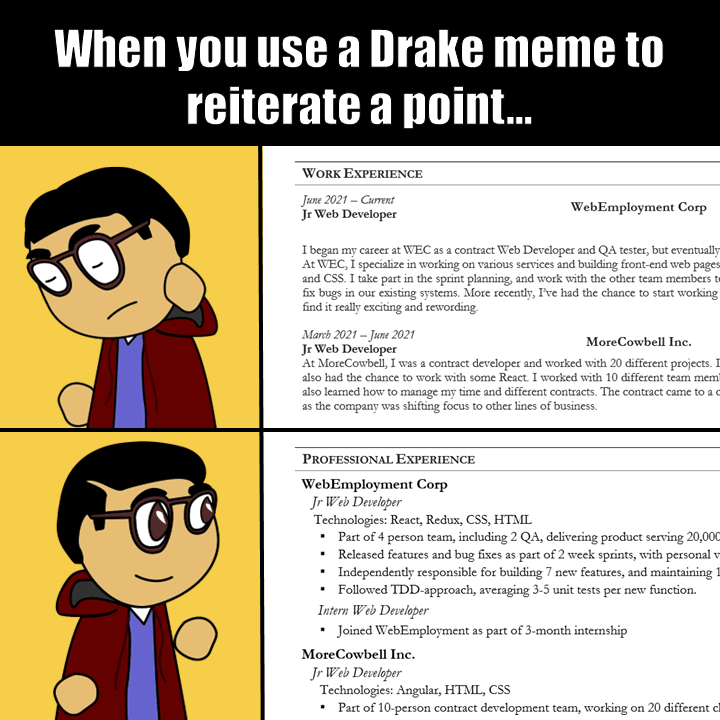With RPA, Your Only Limitation is Yourself
Originally posted on HPA's website
Ten years ago when we formed one of the first robotic process automation (RPA) companies in the world, we still faced an uphill battle. Industry leaders remained unwilling to place their trust, and their work, in the proverbial hands of robots.
Today, RPA happens to be one of the most buzz-worthy terms trending in business. In the same way that everyone was once going to the cloud or IoT, businesses are now going robotic.
So what's changed?
As companies take a closer look at their costs—staffing, infrastructure, and networking costs—they realize they’ve been overlooking their productivity costs. Said differently, it turns out those business processes they sought to protect happen to be very simple, straightforward tasks that are mindless and routine. Unfortunately, these processes are also costly and prone to error when left to humans to complete.
Here’s the kicker: now that RPA has widespread adoption, there's this obsession with reaching “automation nirvana”. Business owners are so thrilled at the promise of RPA, they’re chasing it down infinite rabbit holes with half-baked assumptions of what they should automate and what they expect to achieve from it. What they’re left with is an expensive proof of concept that is failing with no plan of how to right the ship and plenty of manual work left to be done.
RPA is powerful, but without proper planning, support, and know-how, your initiative can go off-course quickly. The first couple of processes you select for automation are critical. Choose poorly and you’ll waste considerable development time with nothing to show for. Or, consider the far-reaching implications of firing off your automated business processes in the wrong order, or overlooking a critical process step that produces thousands of incorrect outcomes. An automation program is like a house of cards; one wrong move and it can collapse.
So how did we avoid all that?
From the beginning, we were intentional in our focus on utilizing Pareto analysis in our approach.
Pareto analysis is a simple concept in automation: you can solve 80% of your work backlog by targeting 20% of the problem areas.
Automation can be anything you want it to be. But without the right focus and strict discipline, you'll find yourself chasing 80% of the problem areas and getting 20% in return.
Hence the headline of this article: "With RPA, Your Only Limitation is Yourself". Because with RPA, you should be the “limit”. Without guardrails, you'll find yourself among the 30-50% of RPA initiatives that fail. Our approach, and the key to our success, has been to take this challenge off our client's shoulders. By being selective, methodical, and deliberate, we've become the largest RPA team - not in terms of footprint, staff, or reach, but in terms of volume of work automated, volume of work offloaded, tangible value generated and deliver to our clients—the 80%.
I'm not a sales person, business person, or a marketer; I'm an engineer. I have managed and overseen more than 500 successful automation deployments that processed more than 40 million items. My words are not driven by finances, charts, or buzzwords. I've seen how chasing that 20% can grind a well-oiled machine to a halt, producing a ripple effect that is felt throughout the business. I've advised executives and clients alike who find themselves in these situations and gotten them back on track.
It boils down to one simple thing: With great automation comes great limitations.




